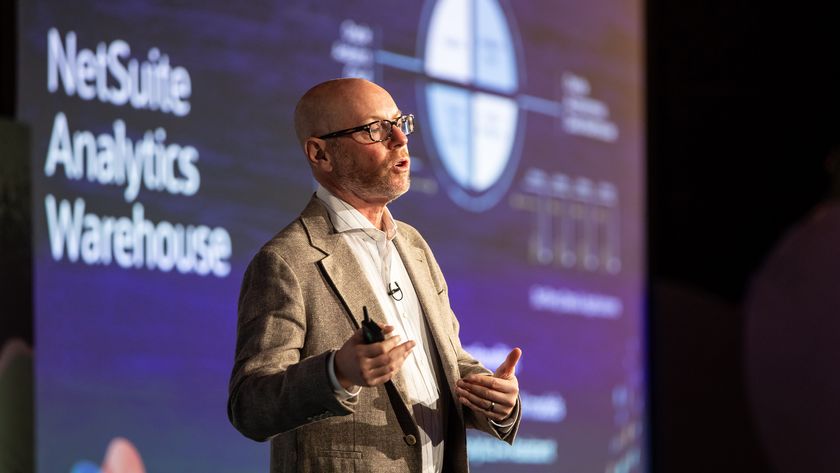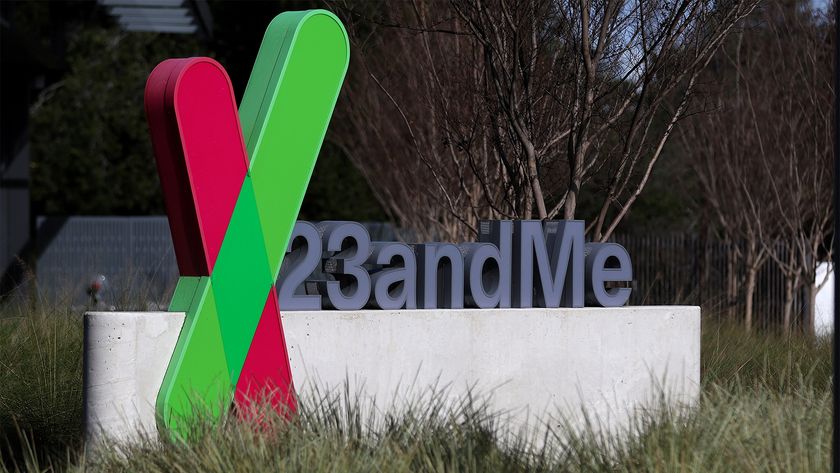For secure virtualisation, four is the magic number
In the latest installment of Stephen Pritchard's Inside the Enterprise column, he looks at the security issues surrounding virtualisation.
If a business is running several applications on one server or even one virtualised cluster of servers and a machine fails, that could take down every application. In the old "one server, one application" architecture, the impact of a hardware breakdown was limited to just the one box.
Proper planning and the use of virtualisation tools, such as those that allow workloads to move over to other host machines, can cut the risks. And supporters of virtualisation point out that from a disaster recovery point of view, reinstalling a virtual environment is much easier than recovering physical hardware.
But ensuring that systems are resilient and secure, as well as recoverable, means putting limits on how far virtualisation can go.
Gartner warns of the dangers of running applications with different trust levels on the same physical server. Separating such loads between physical machines is the safe option, and it is also the route taken by companies that need to ensure their virtual environments are at least as resilient as their physical predecessors.
The number of physical machines a business needs to achieve this will vary. But according to the chief information officer (CIO) of one mid-sized UK business, the practical minimum is four. Any fewer, and the risks of physical failure are just too high.
Four machines might be enough, too, to address security concerns, by providing physical separation between applications, so making it that much harder for a hacker to bring down the entire infrastructure.
And the good news is our friend with four servers was able to do away with more than 20 machines, a server consolidation ratio of five to one.
Get the ITPro. daily newsletter
Sign up today and you will receive a free copy of our Focus Report 2025 - the leading guidance on AI, cybersecurity and other IT challenges as per 700+ senior executives
That should leave more enough in the data centre budget for a proper security audit.
Stephen Pritchard is a contributing editor at IT PRO.
Comments? Questions? You can email him here.
















